Our cities and towns are filled with monuments and memorials just waiting for you to photography. But, knowing how to photograph memorials isn’t as straightforward as you think!
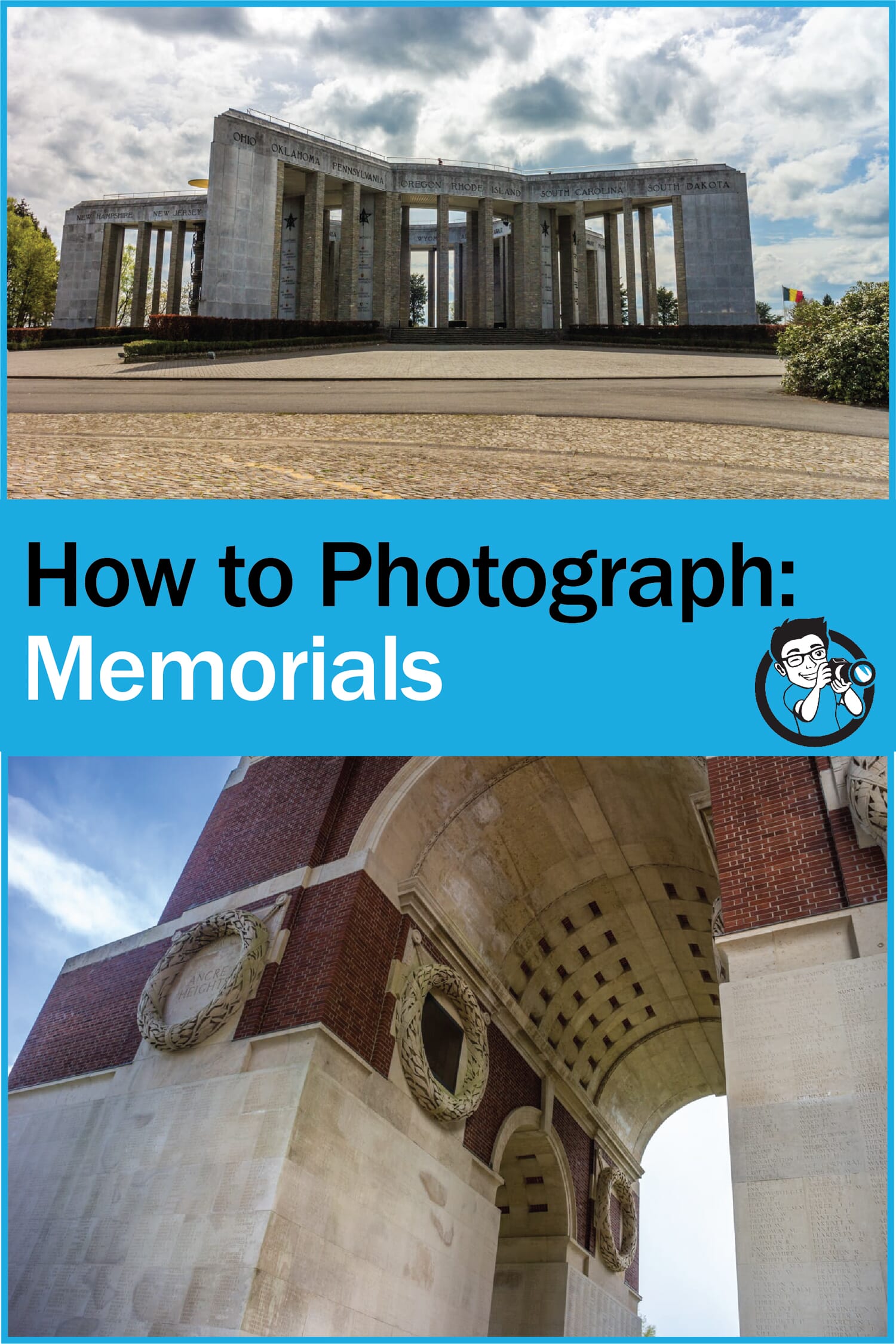
These impressive sites and structures represent a myriad of things. Each memorial has a meaning – it will have significance and aim to immortalize a particular moment in our history.
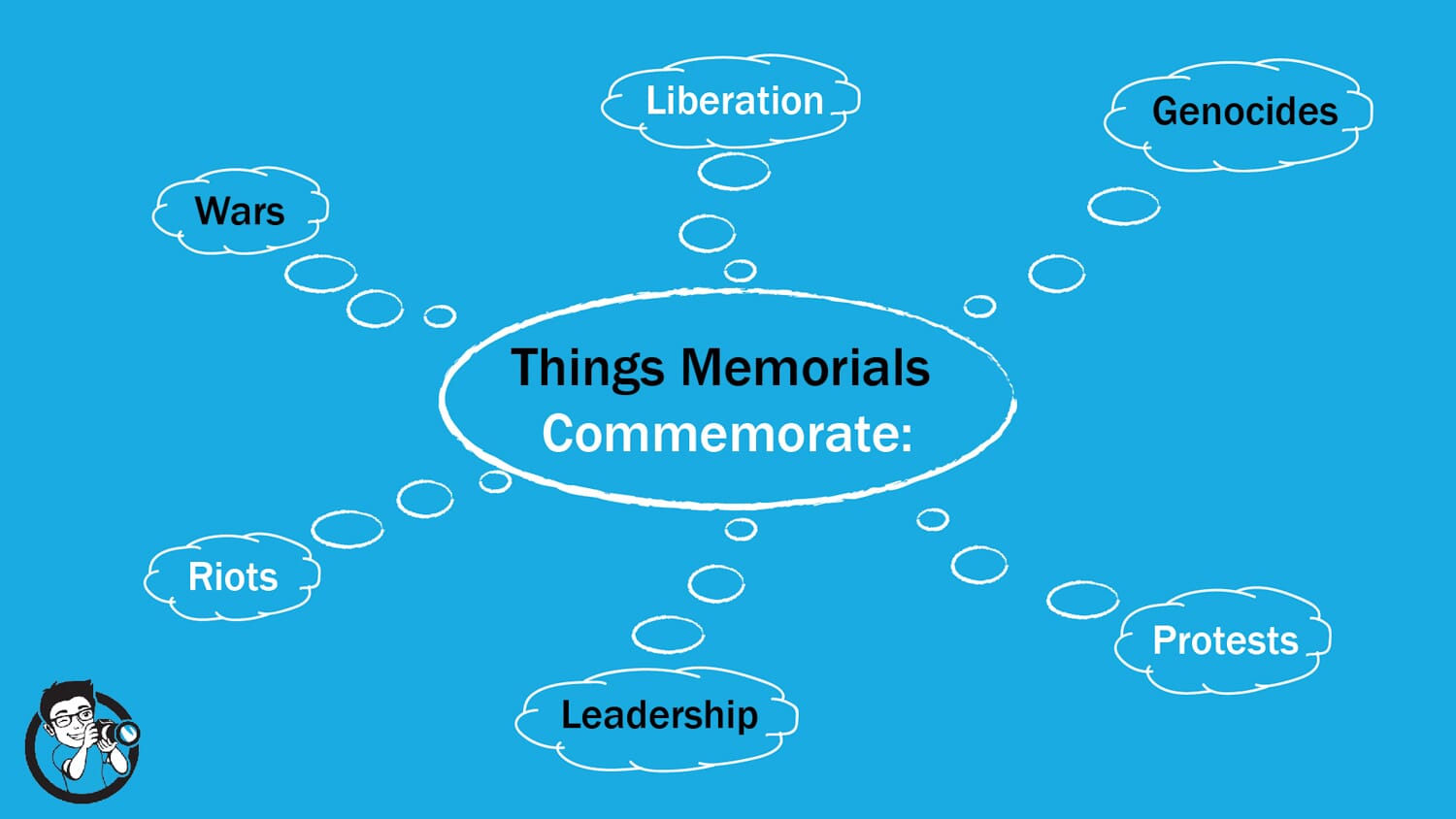
This guide imparts some of my findings during that trip so you can take poignant photos of our treasured monuments too.
Why Is It Important To Photograph Memorials?
In today’s modern world, the meaning of memorials is often lost or clouded. Monuments that are part of our everyday life are taken for granted – we forget why they’re there and pass them by without a second thought.
Examples of notable memorials include:
- Vietnam Veteran’s Memorial in Washington, DC
- Oklahoma City National Memorial
- Tyne Cot Military Cemetery in Belgium
- Memorial des Martyrs de la Deportation in Paris
- Hiroshima Peace Memorial
- Thievpal Commonwealth Memorial in France
- Yad Vashem in Jerusalem
These memorials cover a range of subjects such as the Holocaust, acts of genocide, natural disasters, and wars.
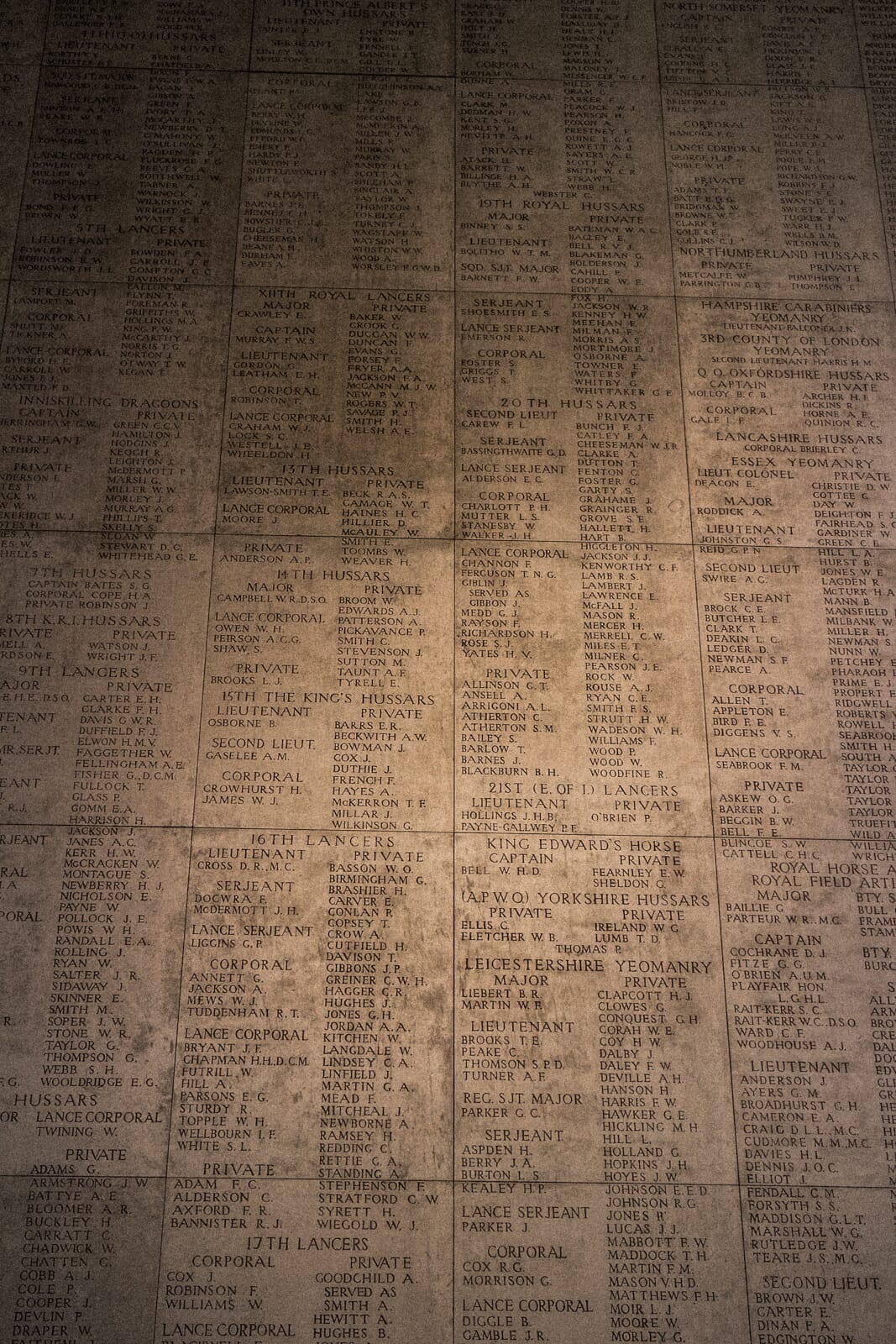
By learning how to photograph memorials we preserve their memory and meaning. The following are two main reasons why this act is important:
To Educate Others
When I traveled to memorials such as Thievpal and Vimy Ridge in France and Belgium, I took plenty of memorial photos. Once I returned home, I shared these photos with my friends and family. By doing this, they gain an understanding of what the monuments are for.
You can do this too–you can educate others.
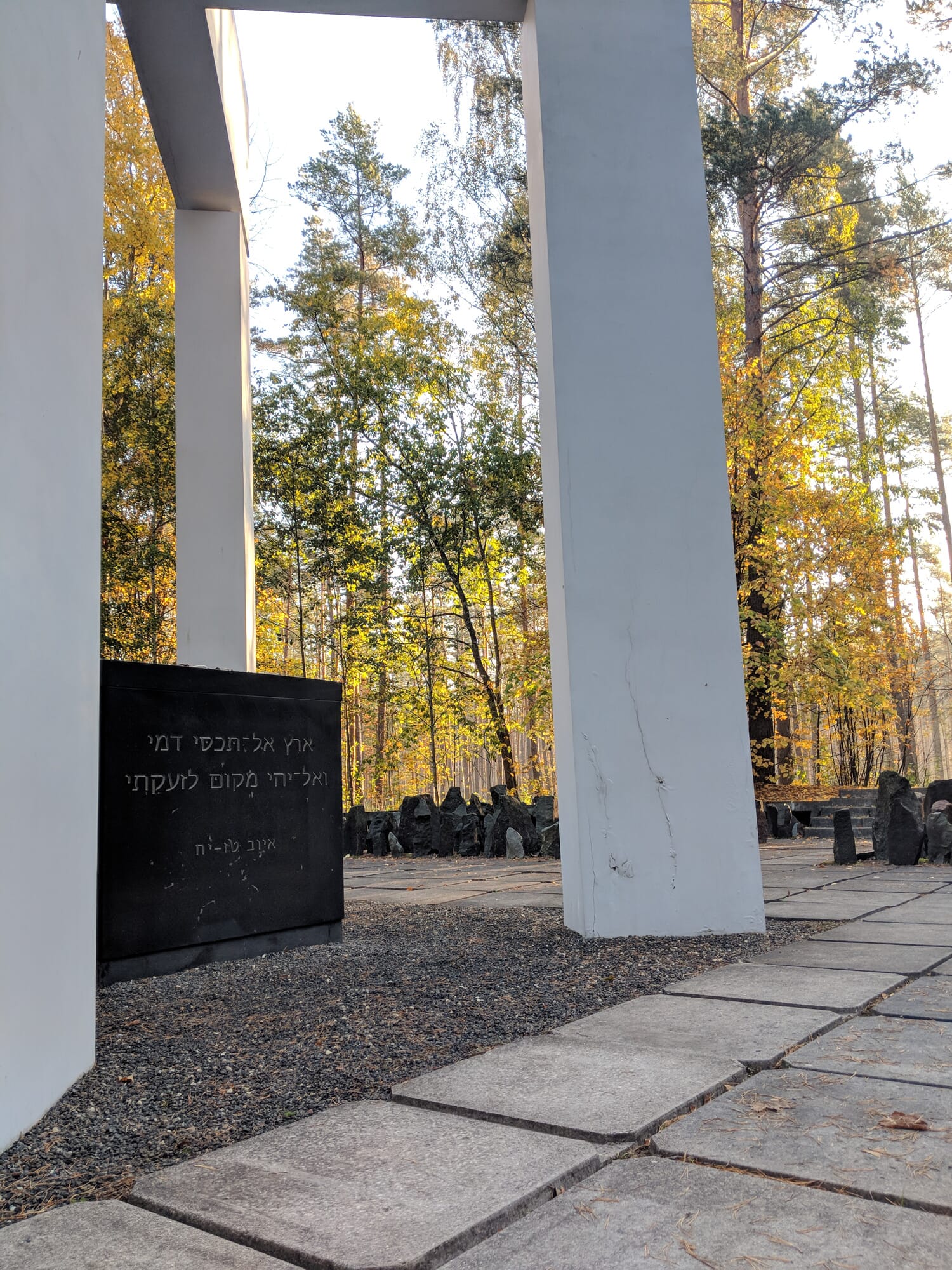
To Keep The Memory and Purpose Alive In The Digital Age
We live in a digital age. In ages past, sharing photos and experiences of memorials would have been much more difficult. Now we upload photos from our camera straight to a computer.
From there, it’s so easy to share them on social media or email them to friends and family.
We now have the means to keep the memory of these memorials alive. By taking photos and sharing through the internet, we maintain their purpose and ensure they survive for generations to come.
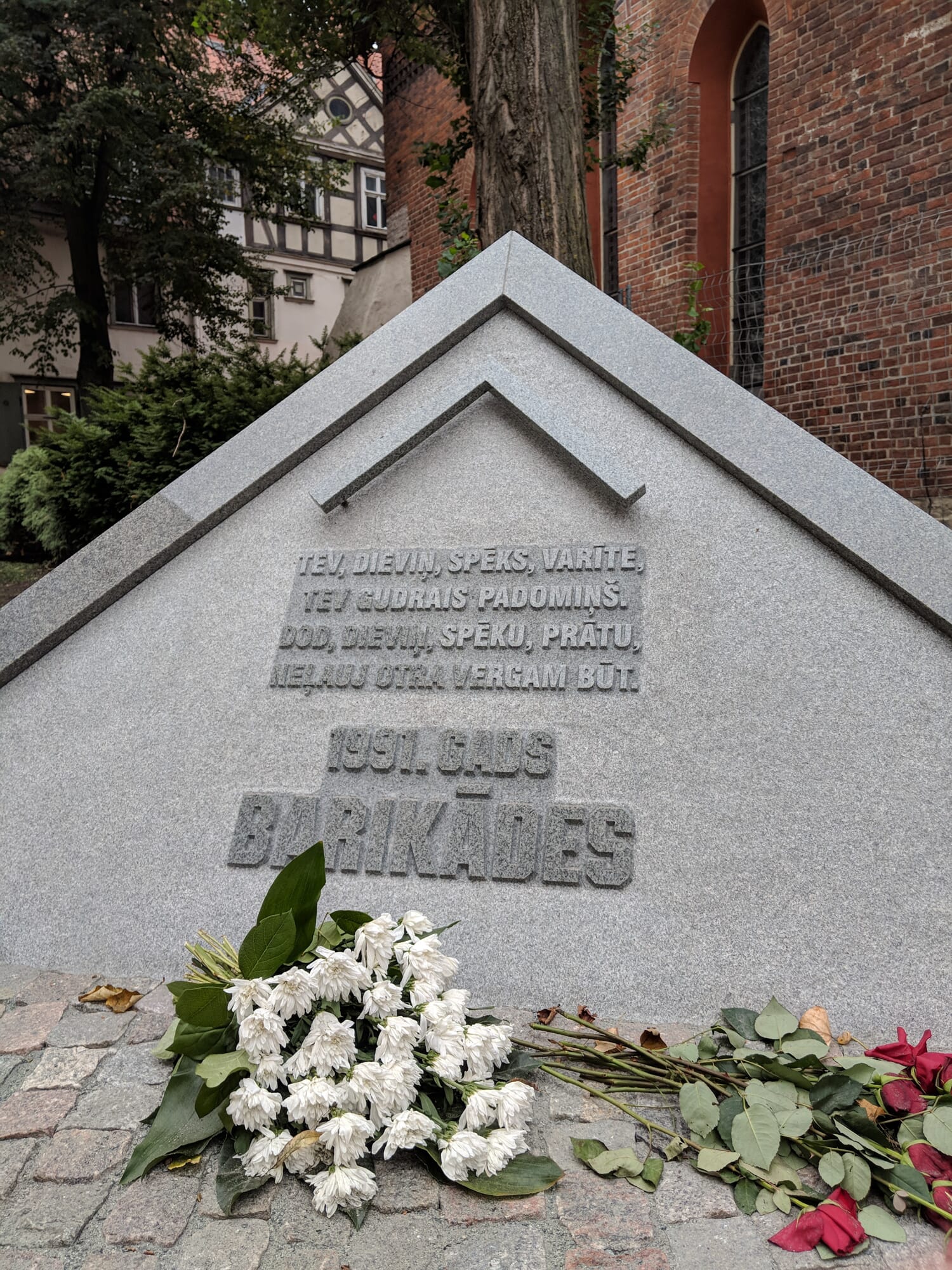
Now that we’re armed with the why let’s look at how. That is, how to photograph memorials in a way that will inspire those who see the photos.
How To Photograph Memorials Part 1: Conduct, Etiquette, and Respect For Surroundings
First and foremost, conduct is extremely important. Memorials often represent heinous events in mankind’s history.
To ensure you get the photos you want, without being disrespectful, the following three rules are important:
1. Act with respect and reverence at all times
Memorials and monuments are places of reflection. They are not meant to be fun – they are not a place where you should congregate with your friends for a laugh.
When visiting a memorial, act with respect. If you take photos, act with reverence and be sincere. You don’t have to look serious and act like a robot.
In the same instance, you should generally remain quiet and tread carefully. Just be mindful of how you act and whether your conduct is appropriate.
2. Consider other visitors and their feelings
You’ll often find yourself in the company of others when visiting memorials. Remember that you’re not the only person interested in these sites.
Always consider other visitors feelings. Some people, like myself, are simply visiting to remember and document the monuments. Other people, however, may visit to pay respects to their families and loved ones.
How would you feel if you were placing flowers at a grave, for example, and someone else was being disrespectful? Remember that you are not the only person visiting these important sites.
3. Refrain from taking selfies
This is one of my pet hates – taking selfies in important places. I remember visiting the Auschwitz concentration camp near Krakow. This site was the scene of some of the most horrific crimes against humanity the world has seen.
On the main railway that led into the camp, what did I see? A group of tourists gathered together, smiling and taking a joint selfie. It was offensive.
Remember that there’s a time and a place for everything. Tragic historical spots might not be the best choice for group selfies while celebrating being on vacation.
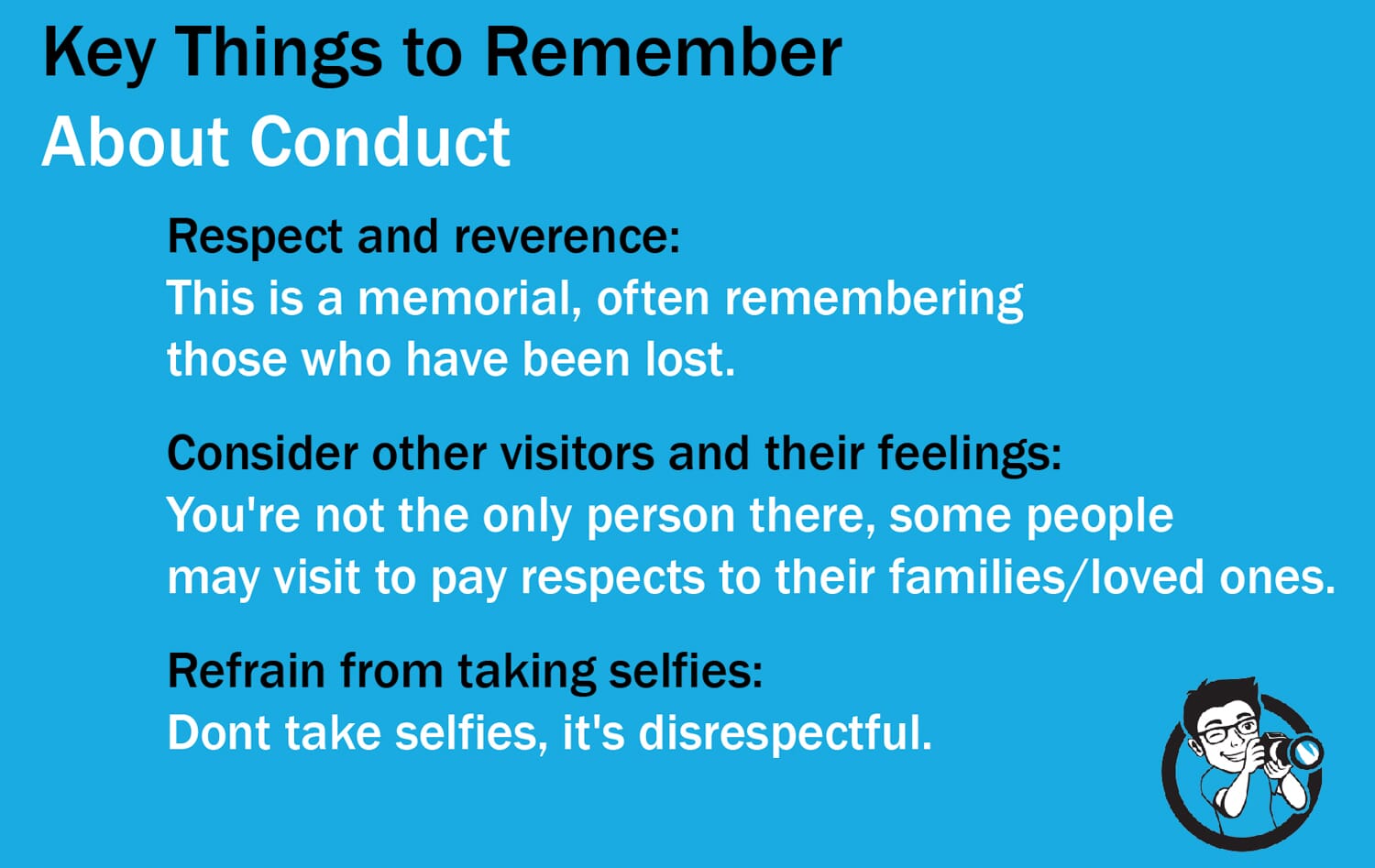
By considering these simple pointers of conduct your own experience will be improved.
When looking at how to photograph memorials, your conduct is important – just take time to remember why these memorials were built and what they represent.
How To Photograph Memorials Part 2: Photography Guide
Conduct is just one part of how to photograph memorials. There is, of course, the actual photographic techniques and tips.
Since there’s so much to cover, I’ve split the photography section into three areas – composition, camera settings, and post-processing.
Composition
Taking photos of memorials and monuments requires a different approach. You have to consider the photo from several different angles.
When looking at how to photograph memorials, the composition is one of the most important aspects. Your composition can frame a memorial to show it in varying lights.
Composition Styles
The main types of composition I used are listed below:
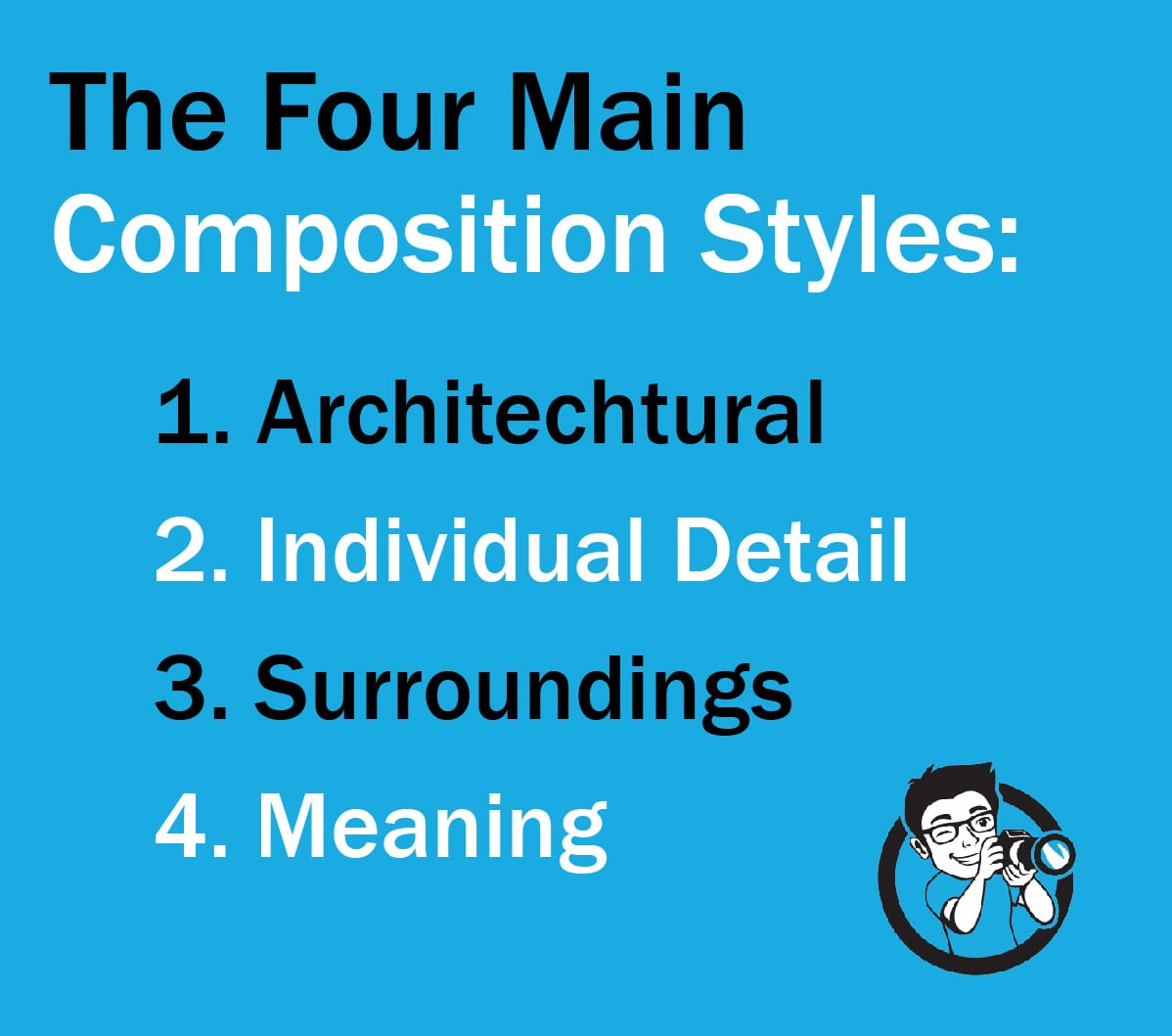
Now, let’s break those down a bit more…
Architectural
Architectural composition aims to show the pure design and structure of a memorial.
Imagine taking a photo of a structure in a city for example. Your composition should show the beauty and elegance of the memorial and how it has been crafted.
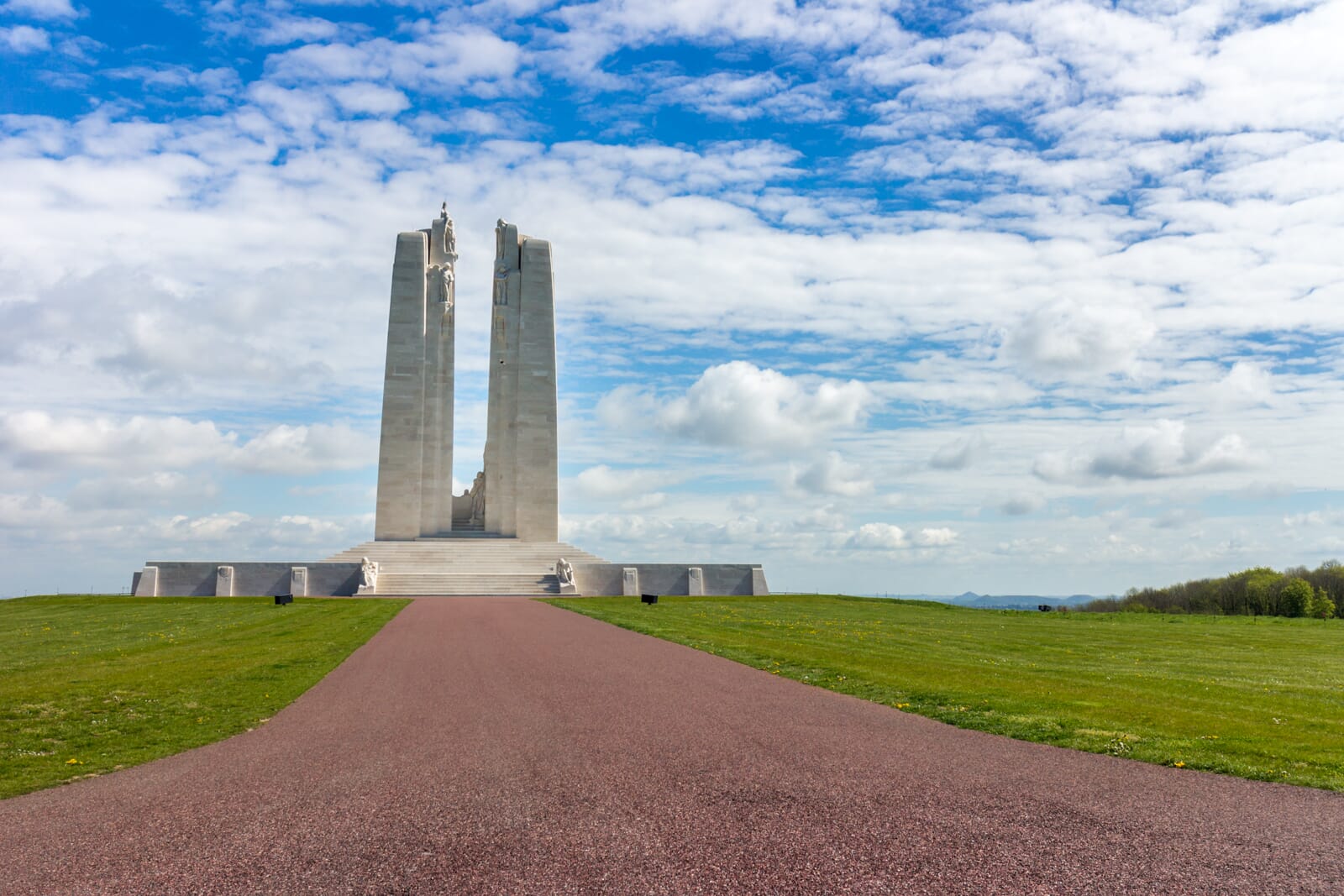
Individual Detail
Aside from composing to show the overall architecture, you can show individual details too.
When photographing the Menin Gate for example in Ypres, I took time to photograph the immense skylights, the individual name panels, and the sculptures above the inscriptions.
Look for small details that show the character of the memorial.
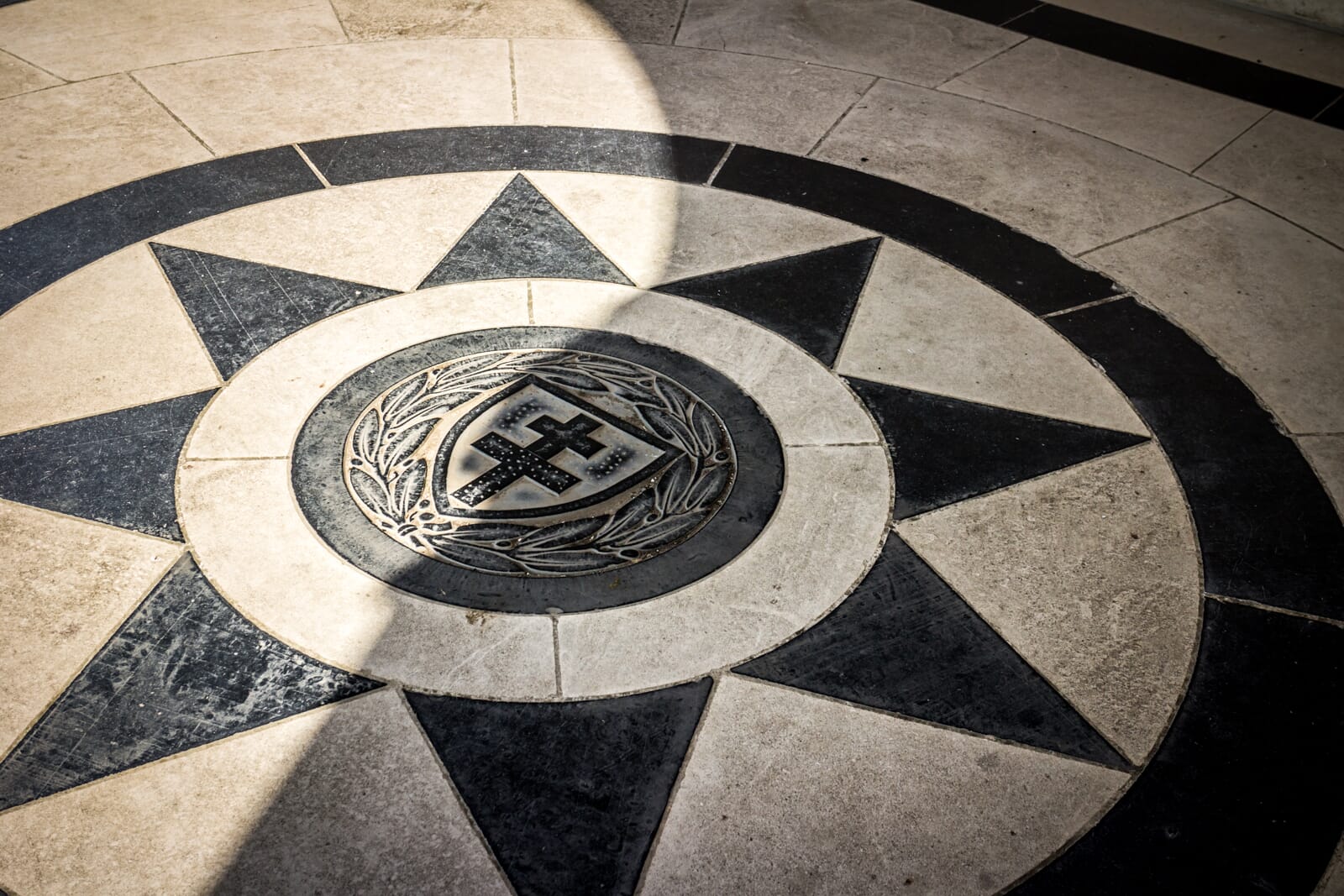
Surroundings
Not only do we photograph memorials to show their architecture; we also need to show how they fit into their surroundings.
Using this composition technique can often lead to interesting juxtapositions.
For example, when photographing the Menin Gate, I took a shot standing back – this showed the historical gate.
I thought the composition was interesting. Look at the surroundings, and create an interesting composition that shows how the memorial fits in.
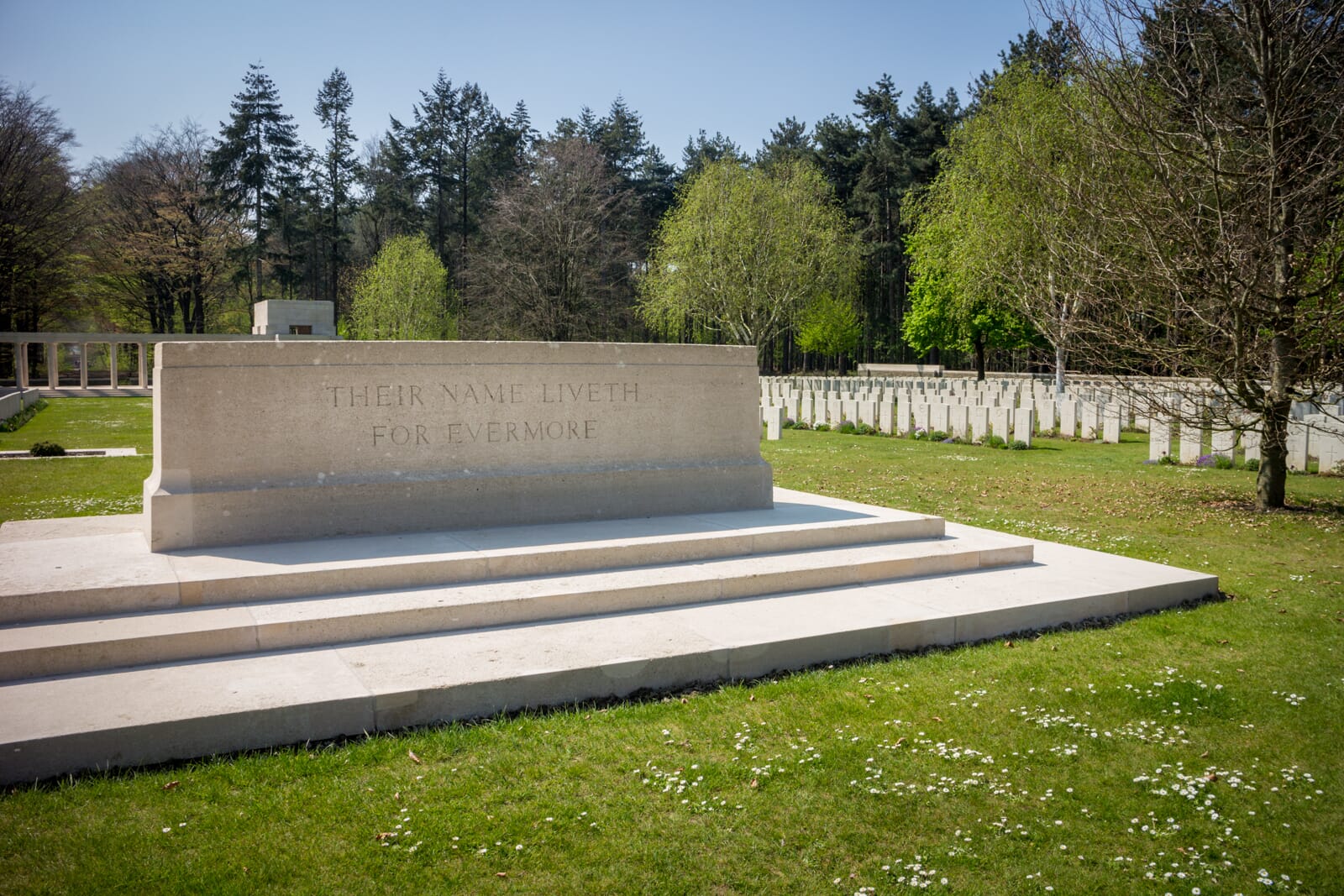
Meaning
Finally, compose shots to show the meaning and poignancy of a monument.
Tyne Cot Cemetery in Belgium, for example, has a series of walls that are decorated with engraved names of fallen soldiers.
I took photos of these walls to show the scale of the loss, but also the personal detail of individual people.
In addition, take photos of information plaques so the true meaning of the memorials are not lost.
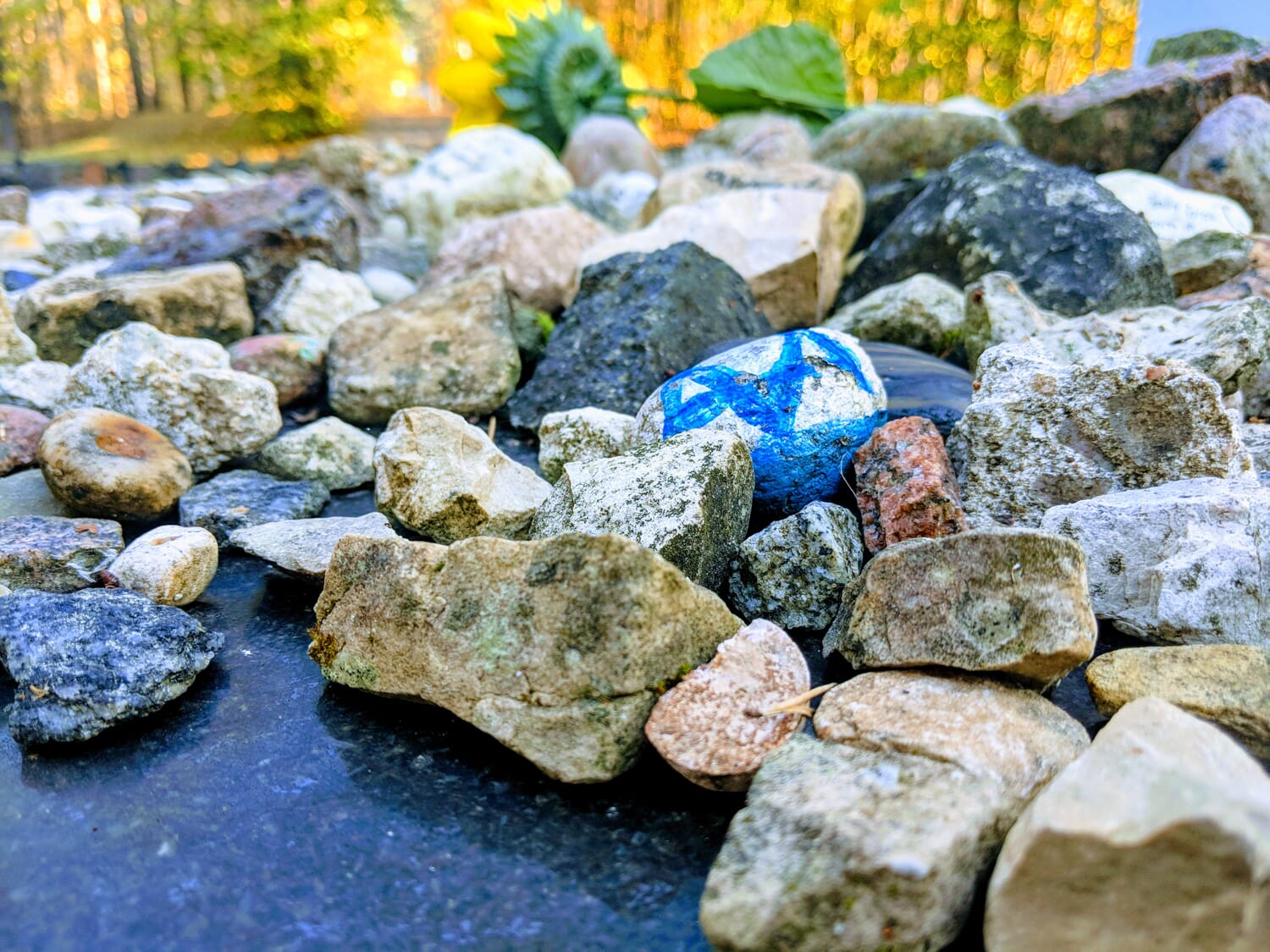
Use your composition to convey the different aspects of a memorial.
I found that you can create varied and interesting photos if you use composition to your advantage when looking at how to photograph memorials.
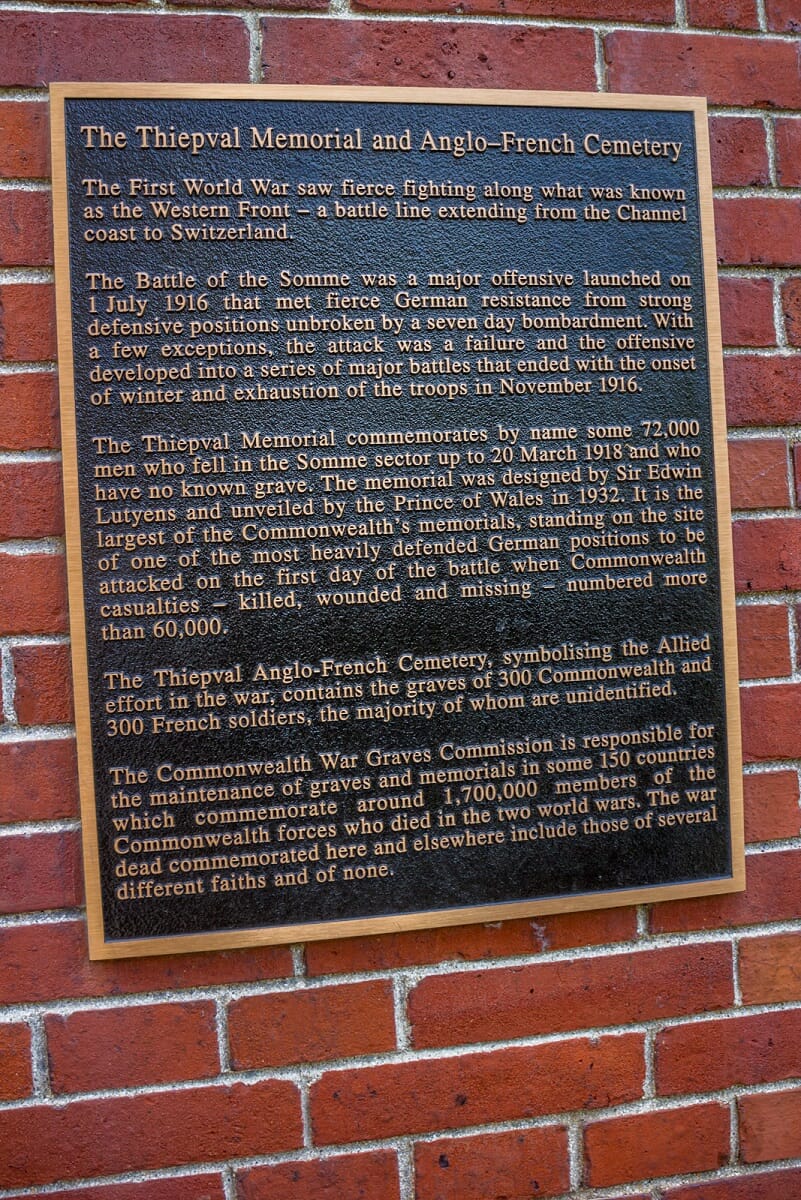
Camera settings
When taking photos of memorials, your camera settings and setup are important. I have broken this down into two sections:
Settings
I used aperture priority mode for most of the photos. Here’s why:
Generally, you’re taking shots of static objects with no movement. This means that shutter priority is not required or particularly useful.
For close-up shots and individual detail, I used a larger aperture such as f/5.6.
Alternatively, for wide-angle shots and landscape photos showing the whole monument, I used a smaller aperture of at least f/8.0.
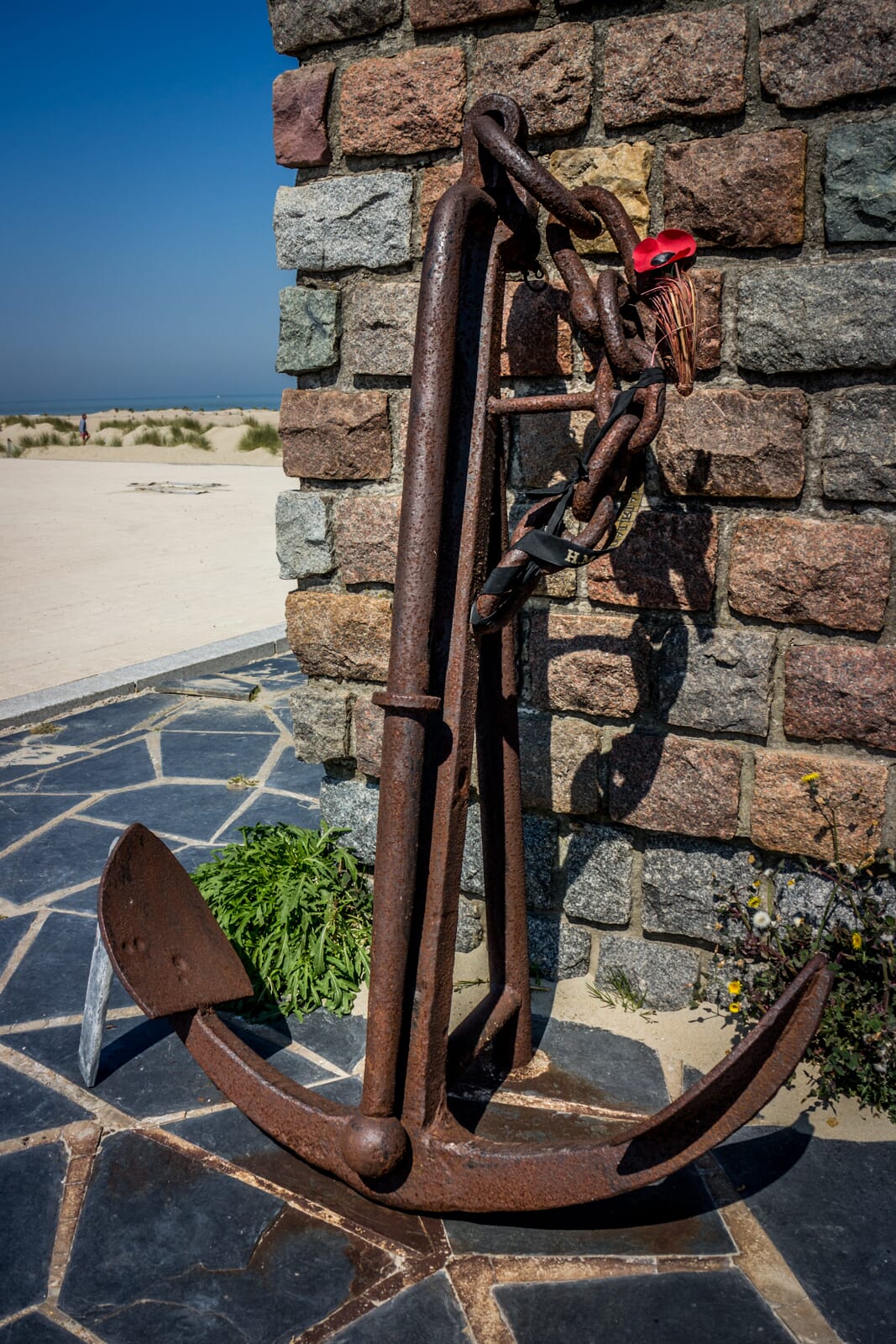
Ensure that you look at exposure levels too.
Bright skies quickly lead to over-exposed shots. As such, consider creating bracketed shots. This would allow you to create HDR composites so that you retain detail in both the sky and foreground.
RELATED POST: HDR Photography Explained
Equipment
The following equipment is a necessity when looking at how to photograph memorials:
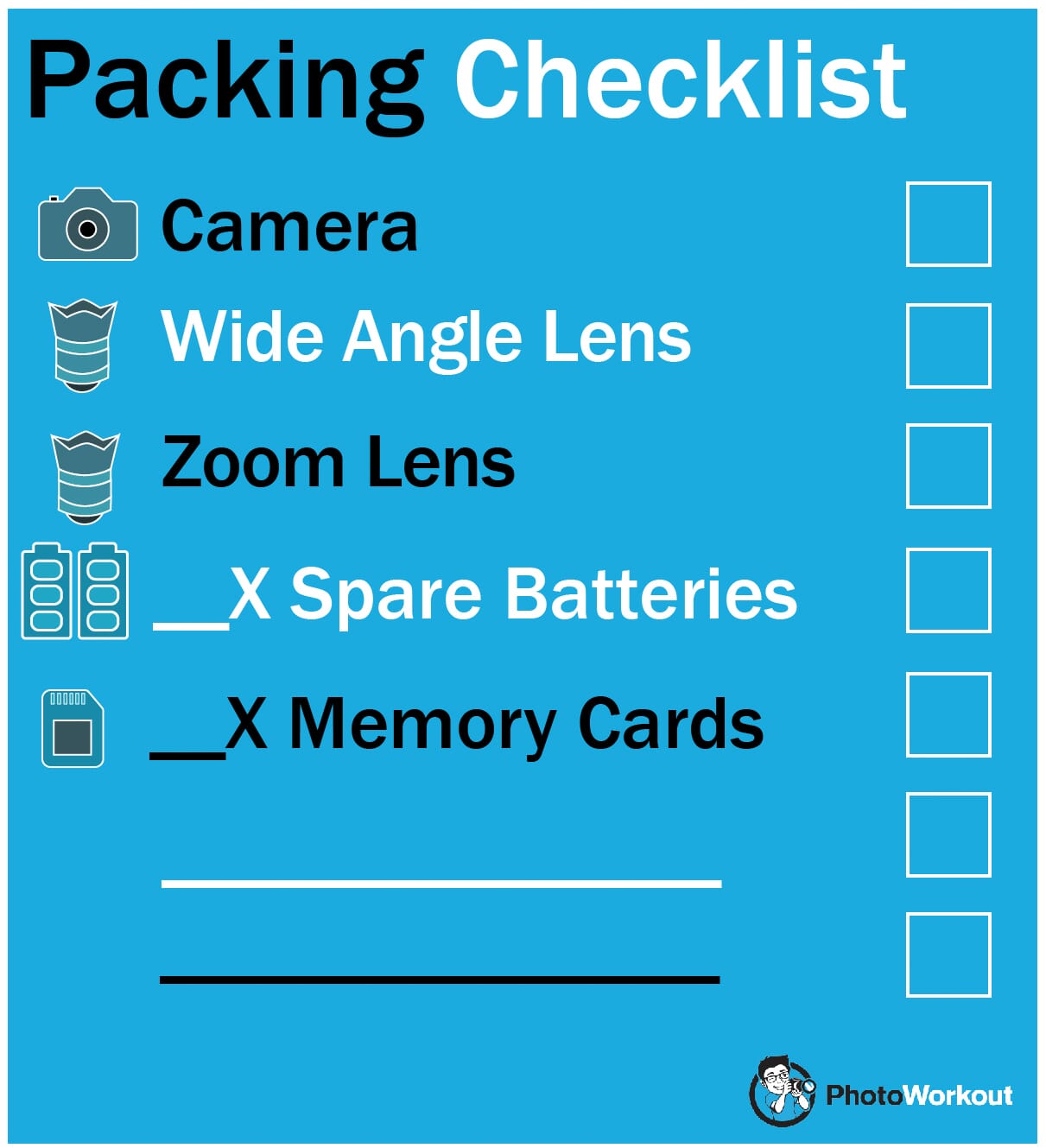
Other than the above, you don’t really need specialist equipment. It’s totally possible to take good photos just using your camera and a standard zoom lens.
Your composition and editing are what really bring the photos to life in this instance.
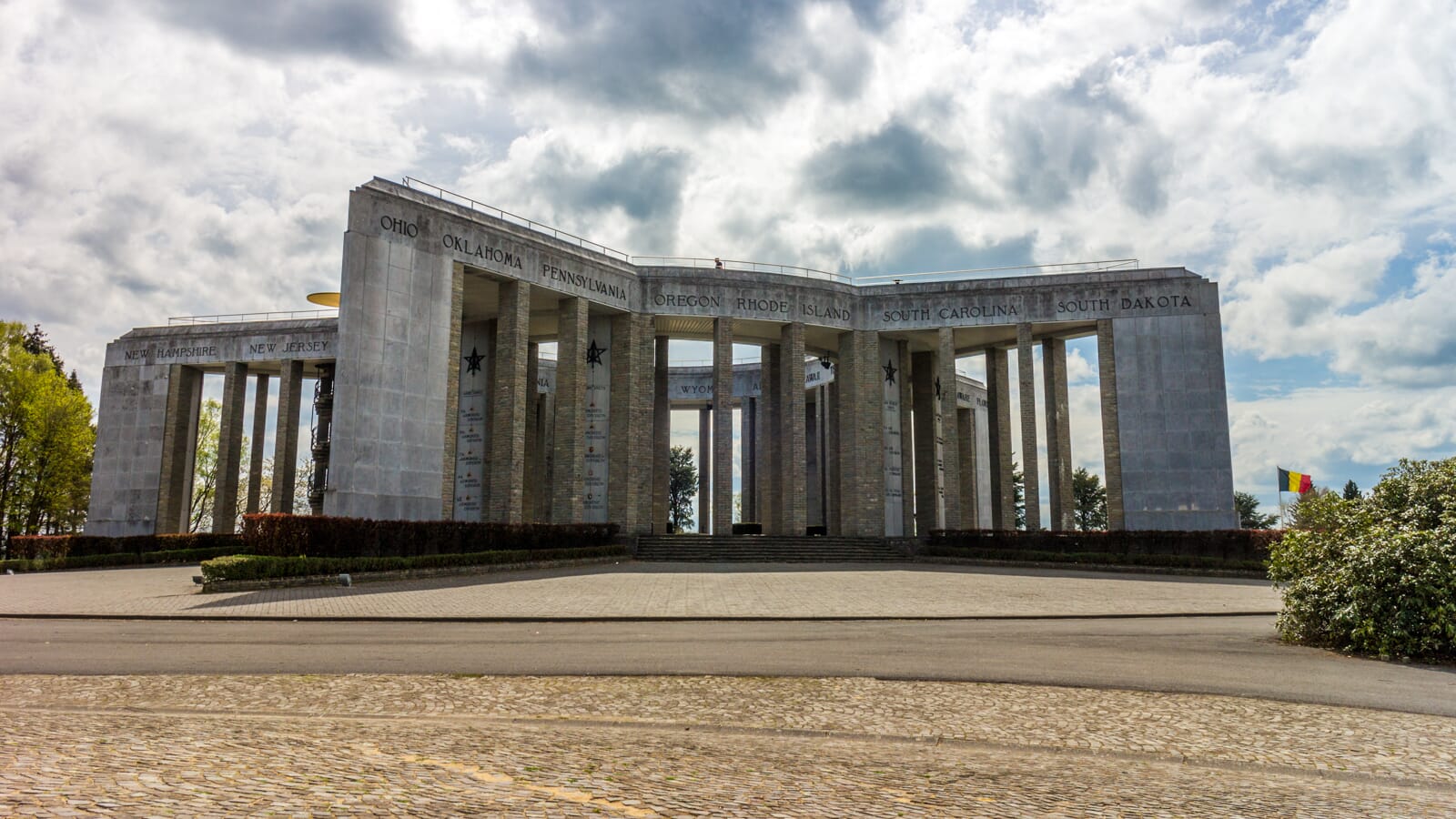
Post Processing
There are typically two different approaches to take when editing your shots:
- artistic
- and realistic
Photographing memorials gives you the chance to exercise your creative genius.
Editing photos to show aesthetics and architectural design of the memorial would be a realistic edit.
Alternatively, you can also edit a photo to show meaning and emphasize the purpose of the memorial.
RELATED POST: How to Edit Photos: The Ultimate Guide to Stunning Photo Editing
The below sections include some useful tips for editing in both styles:
Artistic
As I mentioned above, memorials have a specific meaning. You can edit photos in an artistic way to help show that meaning.
For example, in the photos below, you can see that I’ve created an edit that has reduced saturation and split tone.
I feel this helps show the age and time period that these World War memorials represent.
The photos depict the Thievpal commonwealth Memorial for WW1 and remnants of the Yorkshire Trenches from the Western Front:
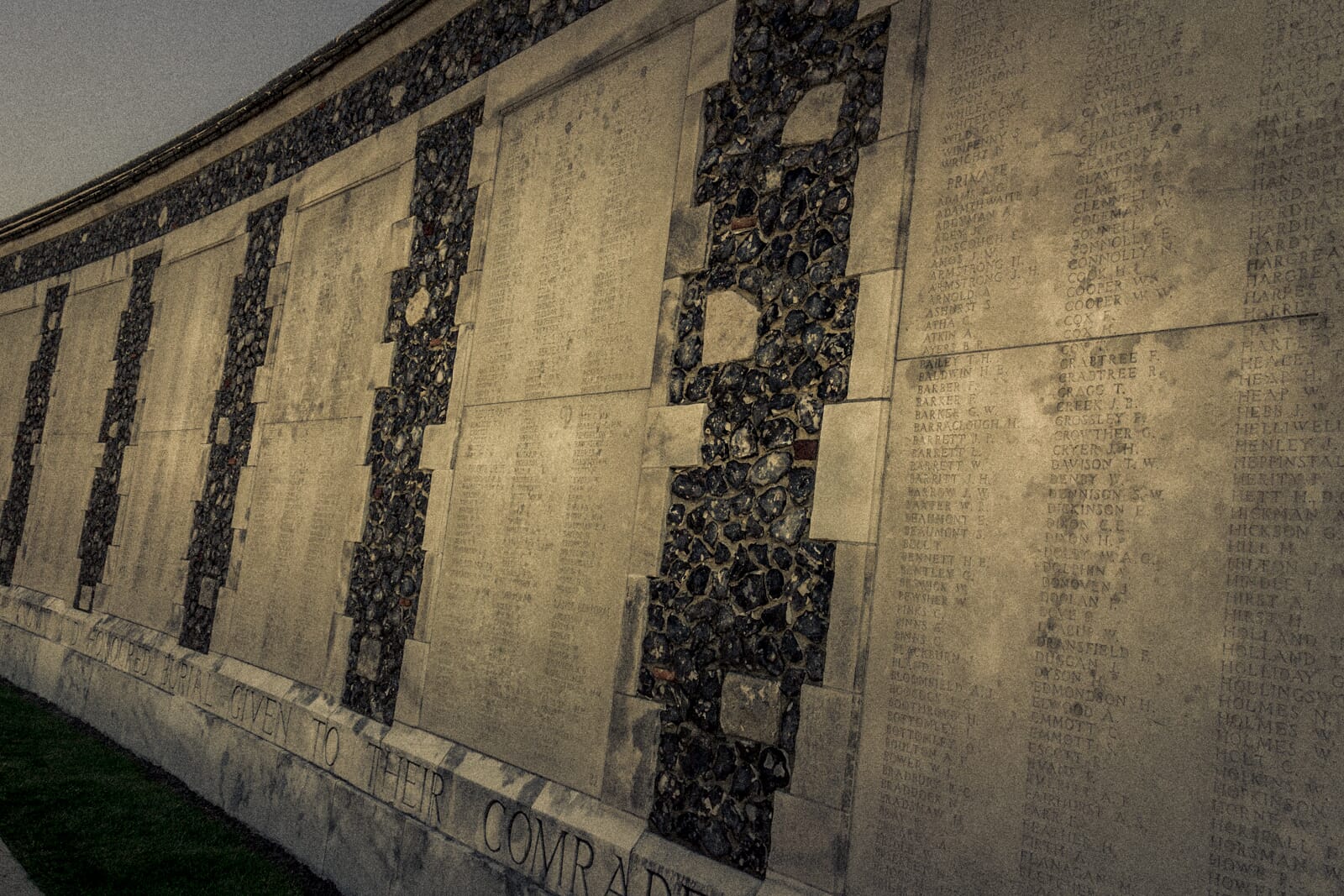
The following are some particular artistic edit styles you could consider:
- Split tone (using a lighter and darker color set to give the photo an aged appearance
- Reduced color (reducing the saturation to around -50% to show the somber and serious nature)
- Black & White (B&W shots can highlight contrast and also represent the mood of the memorial)
- Selective color (highlighting just one color to show its importance)
Post-processing software such as Lightroom and Luminar often have preset styles you can use.
You can apply these styles with ease and transform your photos into artistic works. Try out different artistic edits and see what masterpieces you can create.
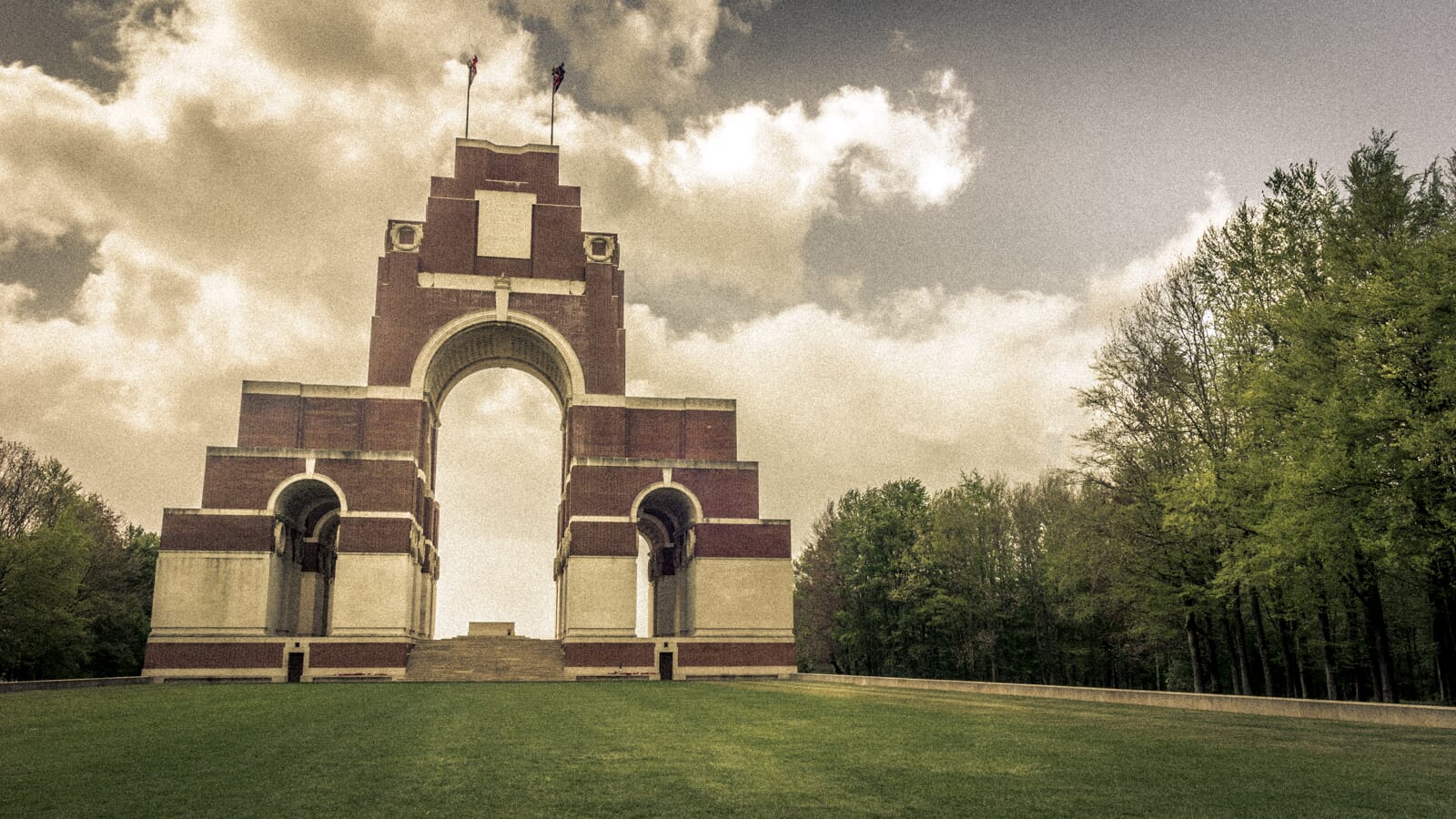
Realistic
Aside from the artistic edits, some photos simply to show the memorials as they were.
These realistic photos can be used as a visual representation of where the memorial is situated, what it contains, and its layout. They’re intended to be informative shots.
When creating these edits I generally only changed the following parameters:
- Contrast
- Saturation
- Highlights/Shadows
- Clarity
Furthermore, removal of any deficiencies such as lens distortion and chromatic aberration is recommended.
The aim is to process your photos so they provide a realistic representation of the memorial. You don’t have to go over-the-top – just a basic edit that provides a high-quality, realistic photo.
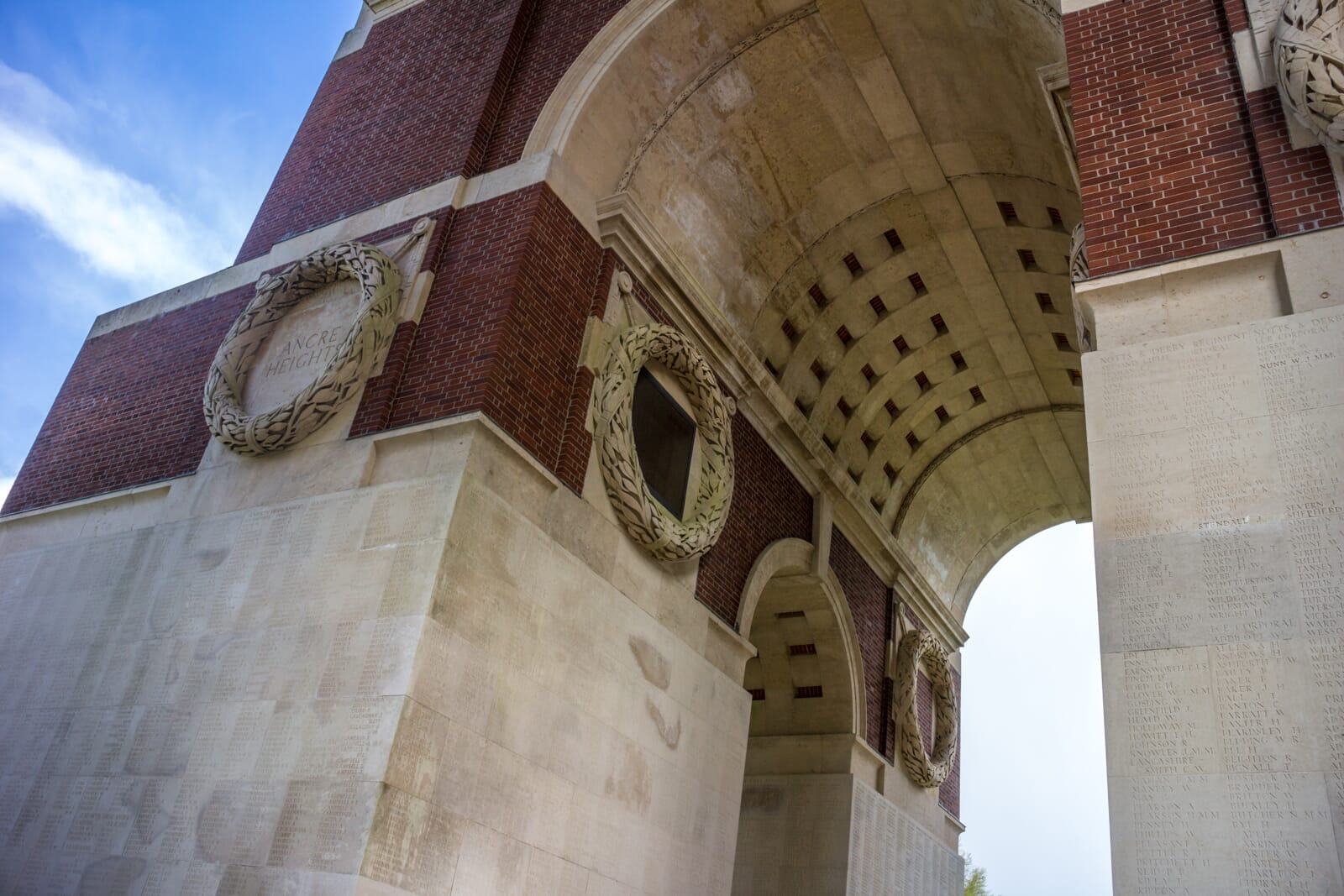
Closing Thoughts: Is It Okay To Use A Tripod When Learning How To Photograph Monuments?
I hope you have found this guide useful. One thing I wanted to bring up before I go…
I didn’t add to my list of equipment was a tripod. Personally, it felt inappropriate to me to set up elaborate gear setups while visiting these memorials. On top of that, some memorials flat out forbid the use of tripods.
Some, but not all. In those situations, it’s up to you. And I’m curious what everyone else feels about this. Let’s get a conversation going in the comments below with your thoughts on using tripods when photographing memorials.
Tell us what you think!
And by all means, feel free to share your photos too!